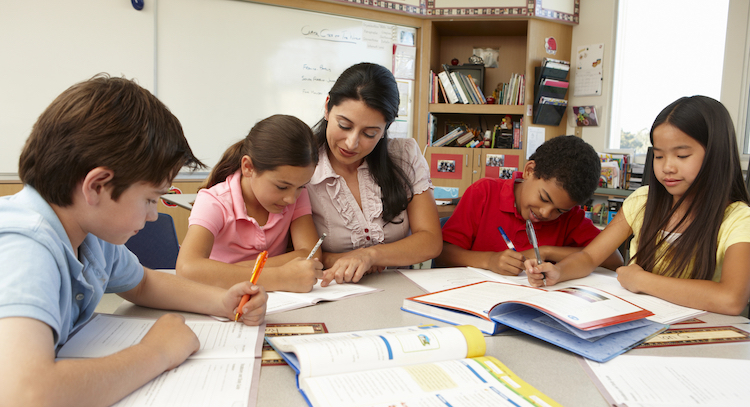
When I first stepped into Room 12 at Riverside Middle School, the faint smell of old books and freshly mopped floors greeted me. The desks were a mismatched collection, some wobbling precariously on uneven legs, but it wasn’t the state of the classroom that concerned me—it was the looks on my students’ faces. Vacant stares, arms crossed in defiance, or heads buried in the hoods of their sweatshirts. They had been failed too many times to believe that I was any different.
But I had made a promise to myself: not one of my students would fall through the cracks.
The first weeks were tough. David, a quiet seventh-grader, came to school late every day, his uniform crumpled and his eyes half-closed. Maria, once an avid reader according to her file, hadn’t turned in a single assignment since the year began. Jamal, who towered over me, openly challenged every instruction I gave. “Why bother, Miss?” he’d mutter. “Ain’t nothing gonna change.”
He wasn’t wrong to feel that way. Our district was one of the most underfunded in the state. Textbooks were outdated, technology was nonexistent, and some teachers had already given up before they began. But I couldn’t.
Every night after grading papers, I sat at my kitchen table with a cup of coffee, crafting lesson plans that I hoped would reach them. I didn’t just want to teach them; I wanted them to see the world beyond the walls of our struggling school. For David, I designed math problems about sneakers and basketball stats, things he could relate to. For Maria, I built a reading corner in my classroom with donated books that I scoured thrift stores to find. For Jamal, I researched science experiments that made chemistry explode—literally and figuratively.
On weekends, my classroom became a hub of quiet chatter and pencil scratches as I offered tutoring sessions. The kids came for different reasons—some for the snacks I provided, others because it was warmer in the classroom than at home—but they stayed. Slowly, I saw something shift. David started showing up on time. Maria hesitantly brought me her first completed essay. Jamal’s smirk turned into a genuine grin when his volcano project erupted in a shower of baking soda and vinegar.
The breakthrough came during state testing season. The pressure was enormous. My students had always scored near the bottom, and no one expected much from them—or me. But we prepared, drilling not just the content but the belief that they could succeed.
I’ll never forget the day the results came in. The principal called me into his office, his face unreadable. “Miss Thompson,” he said, “your students achieved the highest improvement in the district.”
I blinked, sure I’d misheard. But it was true. Those kids—the ones everyone had given up on—had done it.
News spread fast. Soon, scholarships started rolling in for some of them. David received a grant to attend a math summer program. Maria was offered a creative writing scholarship. Jamal? He got into a STEM academy. At our end-of-year celebration, I saw parents crying, students hugging each other, and for the first time, I allowed myself to feel proud.
They say a teacher’s impact is immeasurable. But that year, I saw it in every test score, every scholarship letter, and every smile. My mission wasn’t just to teach; it was to show these kids that they were more than statistics in a broken system.
And in doing so, they taught me something, too: that belief is a seed, and when it’s nurtured, it can grow into something extraordinary.